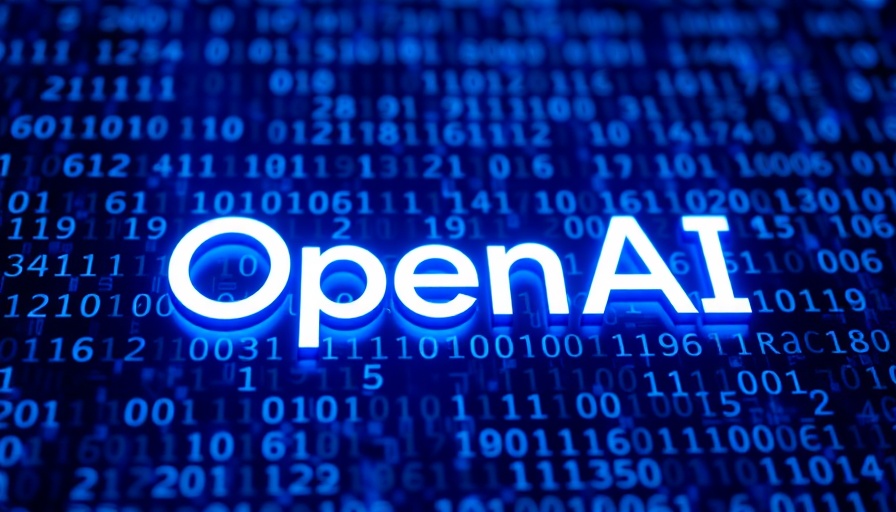
OpenAI's New AI Model: A Game Changer or Just Hype?
OpenAI has once again stirred excitement in the tech community with the launch of its latest model—o1-pro—which they bill as their most powerful and expensive yet. With a robust processing capability that outstrips the earlier o1 model, o1-pro is available to select developers willing to spend at least $5 on OpenAI API services. But this comes at a steep cost, charging $150 per million tokens input and $600 for tokens generated, effectively doubling the rate of its GPT-4.5 model and raising it tenfold above the regular o1 pricing.
A Closer Look at Performance Metrics
The stakes are high, and OpenAI is banking on o1-pro's advanced performance to justify its price tag to developers. According to a spokesperson, this model operates at a higher computational level to better tackle complex challenges, promising “even better answers to the hardest problems.” However, early feedback has been mixed, with several users reporting that the model struggled with basic tasks such as Sudoku puzzles and optical illusions. Even OpenAI’s internal benchmarks revealed only modest improvements over the original o1 on math and coding problems. This raises questions about whether users will find enough value in the upgrades to warrant the significant expenditure.
Scholarly Insights on AI Cost and Performance
AI enthusiasts and developers are understandably curious about how much they should invest in cutting-edge technology. A recent study highlights that while superior models can enhance productivity, the return on investment (ROI) is often not directly linear with cost. As developers weigh the benefits of switching to o1-pro against its hefty fees, many are talking openly about their spending concerns, particularly in a market that seems to inflate pricing without always delivering quality commensurate with cost.
The Bigger Picture: OpenAI's Strategy in the Competitive AI Landscape
The introduction of o1-pro fits into a broader narrative of how tech giants like OpenAI are maneuvering in a fierce AI marketplace. By rolling out premium models, they are not only offering higher quality solutions but are also tapping into a market that is increasingly driven by users' demand for more powerful, reliable AI that can solve complex problems. Furthermore, the model's presence within the ChatGPT Pro subscription service hints at OpenAI's ambition to structure tiered services that cater to both casual users and serious developers.
Predicting the Future of Higher Cost AI Models
The advancements suggested by o1-pro could signal a trend whereby high-cost AI models become the norm rather than the exception. As the technology behind AI continues to evolve, developers and users alike may find themselves making difficult decisions about where to allocate their budgets. Will the allure of premium models overshadow the practicality of less expensive options? Time will tell, but it is crucial for developers to keep an eye on how these investments translate into real-world capabilities and advantages in their workflows.
Takeaways for AI Developers
As we look forward, AI developers should consider a few key points: carefully assess performance against price, stay current with industry trends, and evaluate the ROI of each model they consider. If o1-pro is not the right fit now, it might be wise to explore other available options or to wait for potential improvements in the near future.
Ultimately, understanding the comparative benefits of the o1-pro in relation to its predecessors can help developers better navigate their choices in an increasingly competitive landscape.
For those passionate about AI, staying informed on advancements like the o1-pro will be pivotal. Be proactive, do your research, and ensure that you invest in the technologies that will truly benefit your projects.
 Add Row
Add Row  Add
Add 




 Add Row
Add Row  Add
Add 

Write A Comment